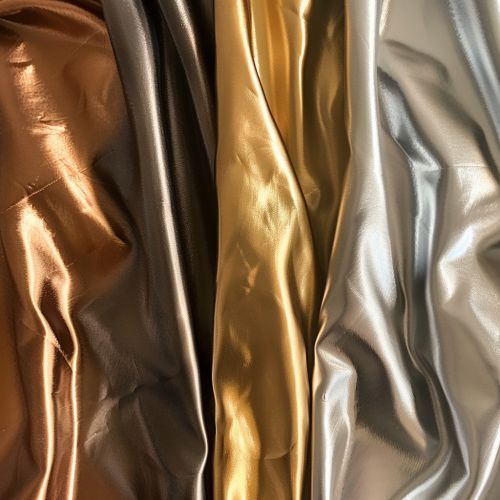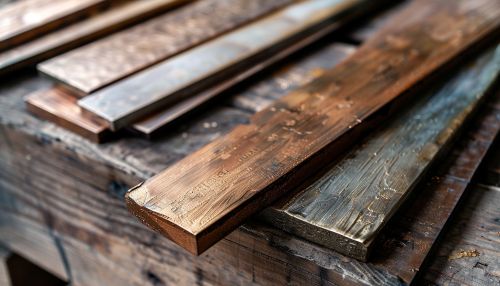Bronze
Composition and Properties
Bronze is a metal alloy primarily composed of copper and tin, with the potential inclusion of other elements such as aluminium, manganese, nickel or zinc. The proportions of these constituent elements can be manipulated to yield a variety of mechanical properties, making bronze a versatile material in numerous applications.


The alloy is characterized by its hardness and durability, which surpass those of pure copper or tin. Bronze is also notable for its resistance to corrosion and metal fatigue. The addition of elements such as phosphorus or silicon can further enhance these properties. For instance, phosphor bronze is renowned for its resilience and elasticity, making it ideal for use in the manufacture of springs and other high-stress components.
Historical Significance
Bronze has played a pivotal role in human civilization, with its discovery marking the beginning of the Bronze Age in various cultures. This period was characterized by the widespread use of bronze in the production of tools, weapons, and art. The ability to create more durable and effective tools and weapons with bronze had a profound impact on societies, leading to advancements in agriculture, warfare, and craftsmanship.
Production and Processing
The production of bronze begins with the smelting of its constituent elements. Copper and tin ores are first extracted from the earth through mining. These ores are then subjected to a series of processes to remove impurities and isolate the desired metals. The copper and tin are then melted together in a furnace to form the bronze alloy.
Once the bronze has been formed, it can be further processed through a variety of methods. Casting is a common technique, which involves pouring the molten bronze into a mold to create a desired shape. Bronze can also be worked through forging, where it is heated and hammered into shape, or machining, where it is cut and shaped by a machine.
Applications
Bronze is used in a wide range of applications due to its versatile properties. It is commonly used in the production of coins, medals, and sculptures due to its aesthetic appeal and durability. In industry, bronze is used in the manufacture of bearings, springs, and other components due to its resistance to wear and corrosion. In music, bronze is used in the construction of various instruments, such as cymbals and bells, due to its unique acoustic properties.
Environmental Impact and Recycling
Like all metals, the production and use of bronze have environmental implications. The mining of copper and tin can lead to habitat destruction and pollution. However, bronze is highly recyclable, and a significant proportion of the bronze in use today is made from recycled material. Recycling bronze not only conserves resources but also uses less energy compared to producing the alloy from raw materials.
